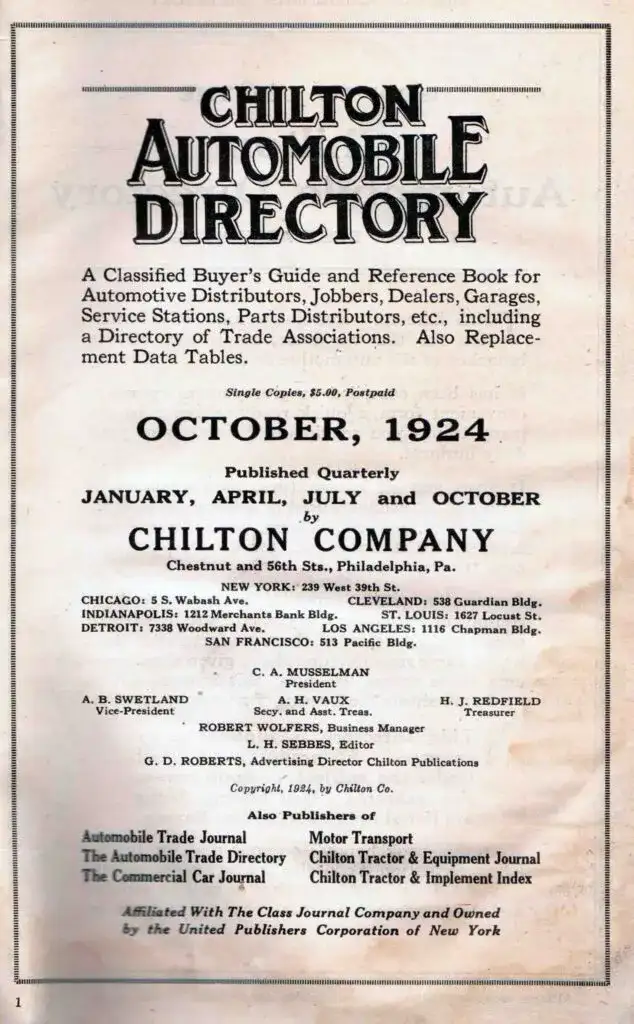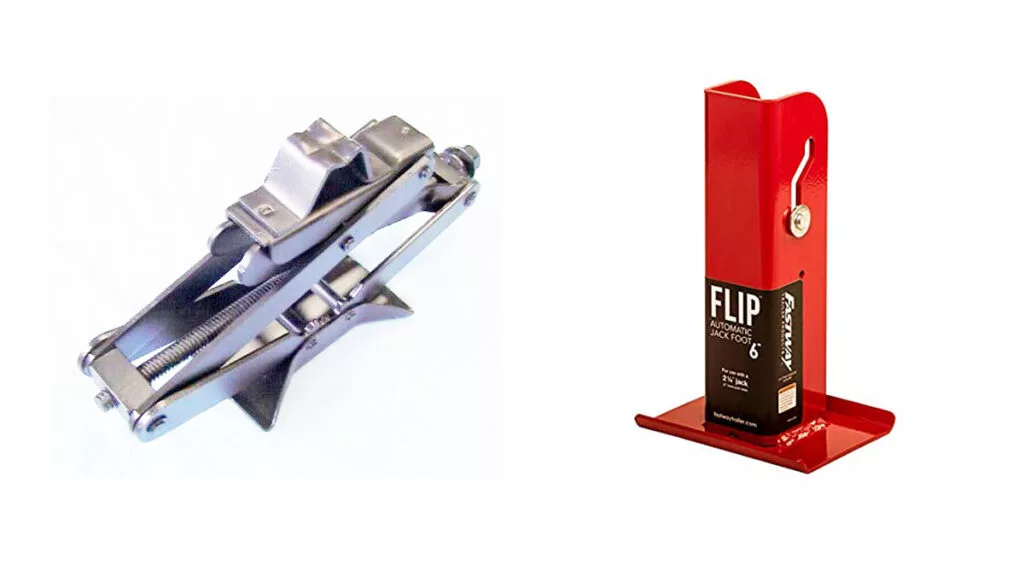Antique car jack identification is not something very hard. If you have a pretty bit understanding of the technologies that the old people used, you will identify them at first sight. The difference between those antique jacks and the modern jacks is the technology and the design. But finally, both do the same task by helping us lift something easily.
In today’s world, antique jacks have been collectible, while antique car lovers also love to collect those jacks. So when you log into e-Bay or something like that, you will find many types of those because the market is growing as a collectible. Overall, those jacks do never perform better than the modern jacks, whereas the modern ones have higher efficiency and are relatively small in size.
The history of Antique carjacks.
With their connected grips, the first jacks were cast iron. The 1920 Chilton Automobile Directory has a list of 52 jack manufacturers, which may be used to track the evolution of automobile design.

For example, the number of mechanical jacks (such as Ajax and Alrite) much outstripped the number of hydraulic jacks (such as Jaxall and Trex) and the one air-operated jack (the Ten Eyck, made in Chicago by the Air Device Co.), all of which were mentioned in the 1920 directory.
Collapsible handle handles of specific screw jacks provided a crouching posture for the operator so that they could operate off the ground. In order to attach tire chains, the creators employed a unique jack from their collection. While working alongside the automobile instead than beneath it in snow or ice, the 4-foot small-link chain attached to the jack helped keep the operator dry.
When it came to rubber tires, some single-action jacks, dubbed “tire-savers,” only raised the “casings” (as the author’s grandfather termed them) marginally off the garage floor. Many of the jacks on the market now have names like Alsteel or Anti-Tip Auto Horses or Bull Dog or Eclipse or Eureka / Gemco or Hildreth or Hoco or Mazura or Mentor Autohorse or Million or Oshkosh.
Heavy-duty sheet metal was used to build vehicle jacks in the 1920s.
When it came time to remove the hubcaps, they had handles connected with hex wrenches. Bumper jacks were standard on all new automobiles in the 1940s. There was a little bit of putting together involved.
We used the jack handle to remove the hubcap off the wheel to get to the lug nuts. After removing the handles, the tall, spindly jack was pumped up with the help of the handle.
Building the reputation as a collectible item.
When people started to love them was in the 21st century. Until then, there was not much interest in antique jacks in society.
A collection was formed as a result of this discovery. These early mechanical jacks may be found at swap meetings and flea markets. In touring vehicles’ toolboxes, behind Phaeton seats, and near the spare tire in the trunk of the family sedan for more than a century, lightweight vintage jacks rattled.
In the workshop and on the road, ratchet, rack and pinion, worm and pinion, screw-type, and scissor jacks did the job. While iron-wheel rims were being phased out, jacks were utilized to elevate the tractors and combine harvesters required tire repairs.
Identifying some vintage can jacks.
’70 Maverick jack.
A ’70 Maverick jack may pass for a ’65 Mustang jack if you don’t know better. In the late 1990s, the Maverick jack was a cross between the first and second-generation flip-tops for a brief period.
First-generation jacks have a similar base and bottom construction, but the flip-top closely mimics the second-generation top component. Given that 579,000 Mavericks were produced in 1970, it is understandable why so many of them wound up in the trunks of Ford Mustangs.
5F08F100001, the first serialized Mustang.
First-generation Mustang jacks may be distinguished from subsequent models by their concave-curved flip-tops, distinctive saddle shapes, and overall size. Dearborn’s Henry Ford Museum has a jack from 5F08F100001, the first serialized Mustang. The coarse threads on the adjustment screw prove that the jack is an Ausco ball-bearing model.
Flip-top jack.
The new flip-top jack was introduced in ’67. The flat flip-top and the bigger jack were the two standout characteristics. In this period, suppliers Ausco, Ryerson & Hayes, and Universal Tool and Stamping were still used. All jacks had a stamped date code starting around January 1967.

Finally,
There will be no remarkable efficiency of using the antique car jacks unless you have only one jack and that one jack is an antique one. The modern car jacks perform way better than those ones. So in my belief, the antique ones are only suitable as collectible items. So if you do not have much money to spend on them, do not try to get on an antique one.
FAQs about Antique Car Jack Identification.
What do you do with old carjacks?
If your old vehicle jack is still in good working order, consider donating it to a charity by phoning around to see if they need it. Because if a charity can’t supply an item, it will end up in a landfill, which will increase your chances of keeping it out of the garbage disposal.
What is the purpose of a car jack?
To raise or apply tremendous power, jacks are mechanical lifting devices. To raise large objects, a mechanical jack uses a screw thread. Hydraulic jacks use hydraulic power. Lifting automobiles to undertake maintenance is a frequent use for a car jack, floor jack, or garage jack.
How do you get rid of an old floor jack?
You possibly could, a lot of Garbage firms dump at transfer stations today, and they pick through the recyclable products. Consequently, if you were to throw it out, it would most likely be used as scrap metal and recycled. Take it to a scrapyard, and they’ll take it off your hands for free.
Do cars come with carjacks?
Today, most new automobiles and trucks still come with an onboard jack and a spare tire, although certain models do without to reduce weight and improve fuel efficiency. Both kinds of vehicle jacks are available in various sizes and forms to lift tiny automobiles, heavy trucks, and SUVs.
We hope you’ve got the answer that you’ve needed for the question, “Antique Car Jack Identification” reading our explanation. If you have any additional questions, please leave a comment below, and we will be happy to assist you further. Check out this link for a review for 2014 Silverado. Thank you very much.
